Local doyen of Irish language wasn’t too pleased to be depicted in Joyce’s Ulysses
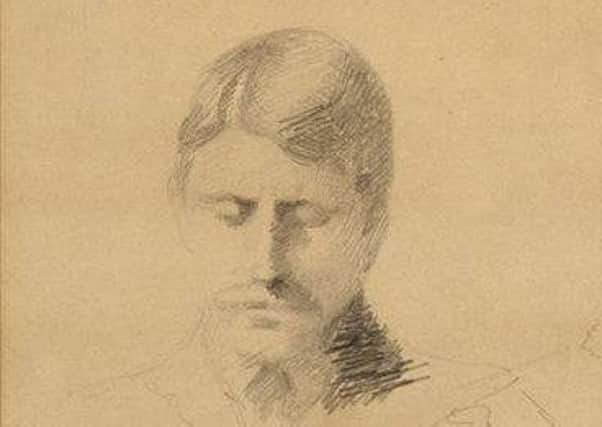

And while it’s in stark contrast to Mary Poppins, featured here several times over the past few months, there’s actually quite a profound link with the famous singing nanny and Ulysses, the latter heralded as the best novel in the English language and the hardest to read.
Born in Dublin in 1882, James Augustine Aloysius Joyce is generally regarded as one of history’s most important literary giants, certainly of the 20th century.
Advertisement
Hide AdAdvertisement
Hide AdHis best-known works are the short-story collection Dubliners published in 1914, the novels A Portrait of the Artist as a Young Man in 1916 and Finnegans Wake in 1939, but Ulysses, published in 1922, is probably Joyce’s most famous epic.
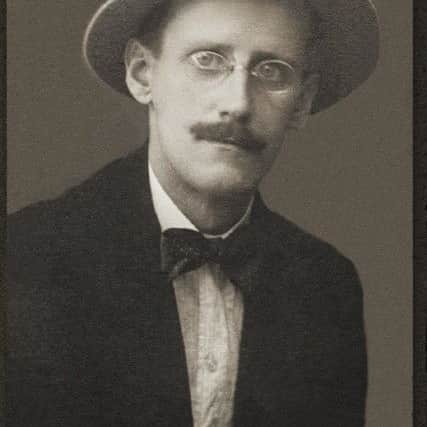

So what’s it doing on Roamer’s page?!
“Richard Irvine Best, an Irish scholar who specialised in Celtic Studies,” a reader’s email began, “was born in 1872 into a Protestant family in Bishop Street, Londonderry, and educated in Foyle College before working for a time in a bank.”
The email continued: “James Joyce depicted Best in Ulysses as one of the characters in the National Library scene in Episode 9 Scylla and Charybdis and Best was known to have disapproved of Joyce’s characterisation of him.”
There followed a condensed introduction to Derry’s greatly acclaimed Celtic scholar, linguist and translator who, along with his wife Edith, was a stalwart of Dublin’s annual music extravaganza Feis Ceoil.
Advertisement
Hide AdAdvertisement
Hide Ad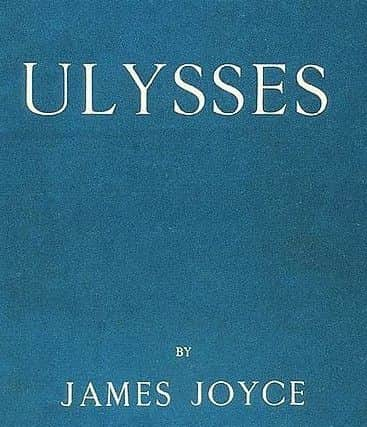

My knowledge of Episode 9 in Ulysses was severely lacking and I’d never heard of Scylla, Charybdis or Richard Irvine Best, but all was revealed by perusing and following up the reader’s email.
After a short sojourn in banking, Best went to Paris around 1902 to study Old Irish.
Also known as Goídelc or Old Gaelic, the language was used from circa 600 to circa 900 when it transitioned into early Middle Irish.
While he was studying in the French capital Best rubbed shoulders with the likes of Kuno Meyer and Henri d’Arbois de Jubainville.
Advertisement
Hide AdAdvertisement
Hide Ad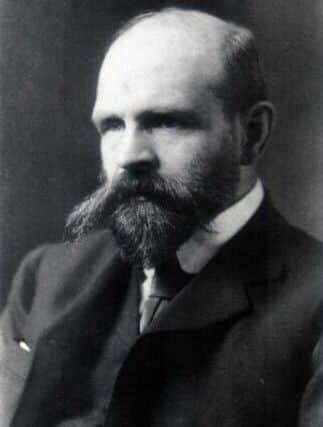

Meyer was a German scholar, hugely distinguished in the fields of Celtic language, literature and ancient Irish poetry.
Henri d’Arbois de Jubainville was also an authority on Celtic languages, literature and law, appointed in 1882 to the newly founded professorial chair of Celtic at the Collège de France.
Armed with their shared linguistic wisdom and know-how, Richard Irvine Best returned to Ireland to become assistant director of the National Library of Ireland in 1904.
He married Edith Oldman in 1906 – a musician six years his senior – and between their shared duties with the Feis Ceoil
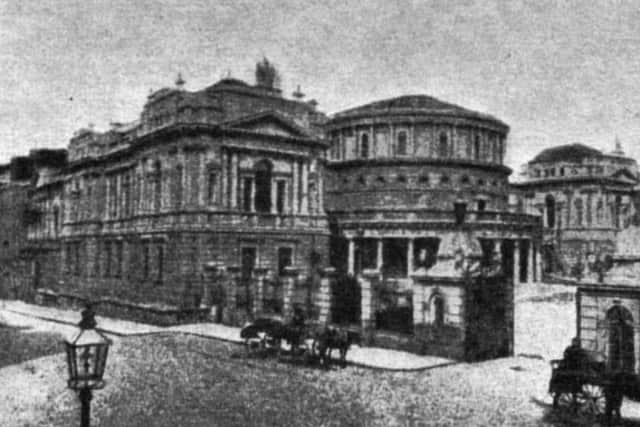

Richard wrote prolifically.
Advertisement
Hide AdAdvertisement
Hide AdFrom 1913 onwards he published his multi-volume Bibliography of Irish Philology and Manuscript Literature: Publications (1913-1941) and was promoted to director of the National Library in 1929, a post he held until 1940.
He was senior professor of Celtic Studies at the Dublin Institute for Advanced Studies from its establishment in 1940 and served as chairman of the Irish Manuscripts Commission from 1948 to 1956.
He was also an honorary fellow of the Bibliographical Society of Ireland and was awarded honorary doctorates by the National University of Ireland and Trinity College Dublin.
Often addressed by his initials, the R I Best Memorial Lectures were established by the National Library in his honour.
Advertisement
Hide AdAdvertisement
Hide AdIt wasn’t just Dublin’s streets, pubs, hotels and brothels that James Joyce immortalised in Ulysses, but many real-life Dublin characters too.
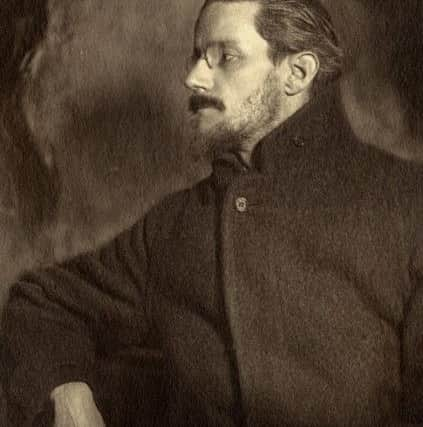

He once boasted:
“If Dublin were destroyed, it could be reconstructed from my book.”
Joyce wasn’t just talking architecturally, he meant the widest array of inhabitants of the city, from prostitutes to priests to MPs…and journalists!
The leading characters are now some of the icons of international literature - Leopold Bloom is the hero, Molly Bloom is his wife and Stephen Dedalus is Joyce’s literary alter ego, appearing as the protagonist and anti-hero.
Advertisement
Hide AdAdvertisement
Hide AdThere’s Davy Byrne’s and Barney Kiernan’s pubs, Graham Lemon’s candy shop, Bella Cohen’s brothel…and Richard Irvine Best in his National Library!
“He came a step a sinkapace forward on neatsleather creaking and a step backward a sinkapace on the solemn floor. A noiseless attendant setting open the door but slightly made him a noiseless beck.”
George William ‘AE’ Russell, inspirer of Pamela Travers’s Mary Poppins books, also appears in the ‘Scylla and Charybdis’ episode, debating Shakespeare.
After Joyce’s death Best was asked to participate in a radio programme about him.
“What makes you come to me?” he asked the programme makers.
Advertisement
Hide AdAdvertisement
Hide Ad“What makes you think I have any connection with this man Joyce?”
“You can’t deny your connection”, they told him. “After all, you’re a character in Ulysses.”
Best was reported to have retorted indignantly: “I am not a character in fiction.
“ I am a living being.”
And his ‘role’ in Ulysses wasn’t the only time Best was depicted in literature.
Advertisement
Hide AdAdvertisement
Hide AdIrish writer and satirist Flann O’Brien satirised him along with his linguist colleagues D A Binchy and Osborn Bergin in his poem Binchy and Bergin and Best.
My song is concernin’
Three sons of great learnin’
Binchy and Bergin and Best,
They worked out that riddle
Old Irish and Middle,
Binchy and Bergin and Best.
Born in Londonderry on January 17, 1872 Richard Irvine Best died at his home in Dublin almost 60 years ago on September 25, 1959.